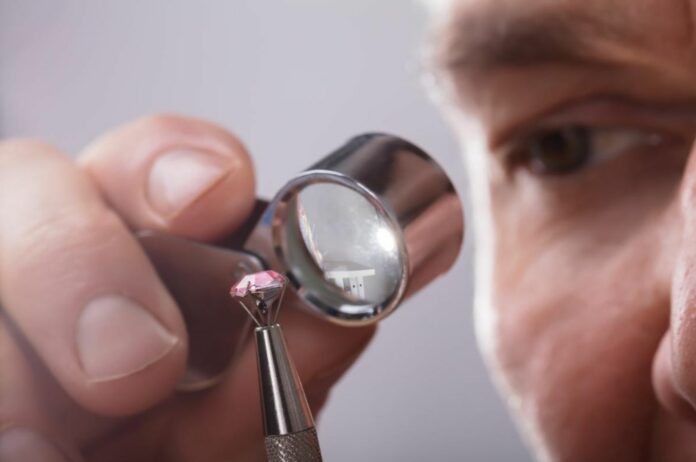Argyle’s Secret Revealed: How Continent Stretching Brings Pink Diamonds to the Surface
Researchers from Curtin University, delving into the gem-laden formations of Western Australia’s Argyle volcano, have revealed a previously elusive factor essential for bringing precious pink diamonds to the Earth’s surface, potentially revolutionizing the global quest for new diamond reserves.
Historically, two main factors were identified in the formation of diamonds: the presence of deep-seated carbon and the intense forces from colliding tectonic movements turning these diamonds pink.
Stretch, Sparkle, Shine! Third Key to Pink Diamonds
This research found another essential factor: ancient continental stretching during significant geophysical shifts hundreds of millions of years ago.
Dr. Hugo Olierook, spearheading the research at Curtin’s John de Laeter Centre, emphasized that the extension of continents led to openings in the Earth’s shell, offering pathways for diamond-laden magma to ascend.
“By using laser beams smaller than the width of a human hair on rocks supplied by Rio Tinto, we found Argyle to be 1.3 billion years old, which is 100 million years older than previously thought, meaning it would likely have formed as a result of an ancient supercontinent breaking apart,” Dr. Olierook explained.
“Argyle is located at the point where the Kimberley region and the rest of northern Australia smashed together many years prior, and that sort of collision creates a damaged area or ‘scar’ in the land that will never fully heal.
“While the continent that would become Australia didn’t break up, the area where Argyle is situated was stretched, including along the scar, which created gaps in the Earth’s crust for magma to shoot up through to the surface, bringing with it pink diamonds.
“As long as these three ingredients are present – deep carbon, continental collision and then stretching – then we think it will be possible to find the ‘next Argyle’, which was once the world’s largest source of natural diamonds.”
Dr. Olierook highlighted that despite understanding the triad of factors required, unearthing another pink diamond cache remains a formidable task.
“Most diamond deposits have been found in the middle of ancient continents because their host volcanoes tend to be exposed at the surface for explorers to find,” explained Dr. Olierook.
“Argyle is at the suture of two of these ancient continents, and these edges are often covered by sand and soil, leaving the possibility that similar pink diamond-bearing volcanoes still sit undiscovered, including in Australia.”
Backing this perspective, Murray Rayner, a lead geologist with Rio Tinto, emphasized Argyle’s distinctive stature, having yielded a staggering 90% of the planet’s pink diamonds.
“Knowing the Argyle volcano’s age, at 1.3 billion years old, and situated where some of Earth’s earliest continents fragmented, we have significant further insights into the formation of these diamonds,” Rayner added.
Source: 10.1038/s41467-023-40904-8
Image Credit: Shutterstock
